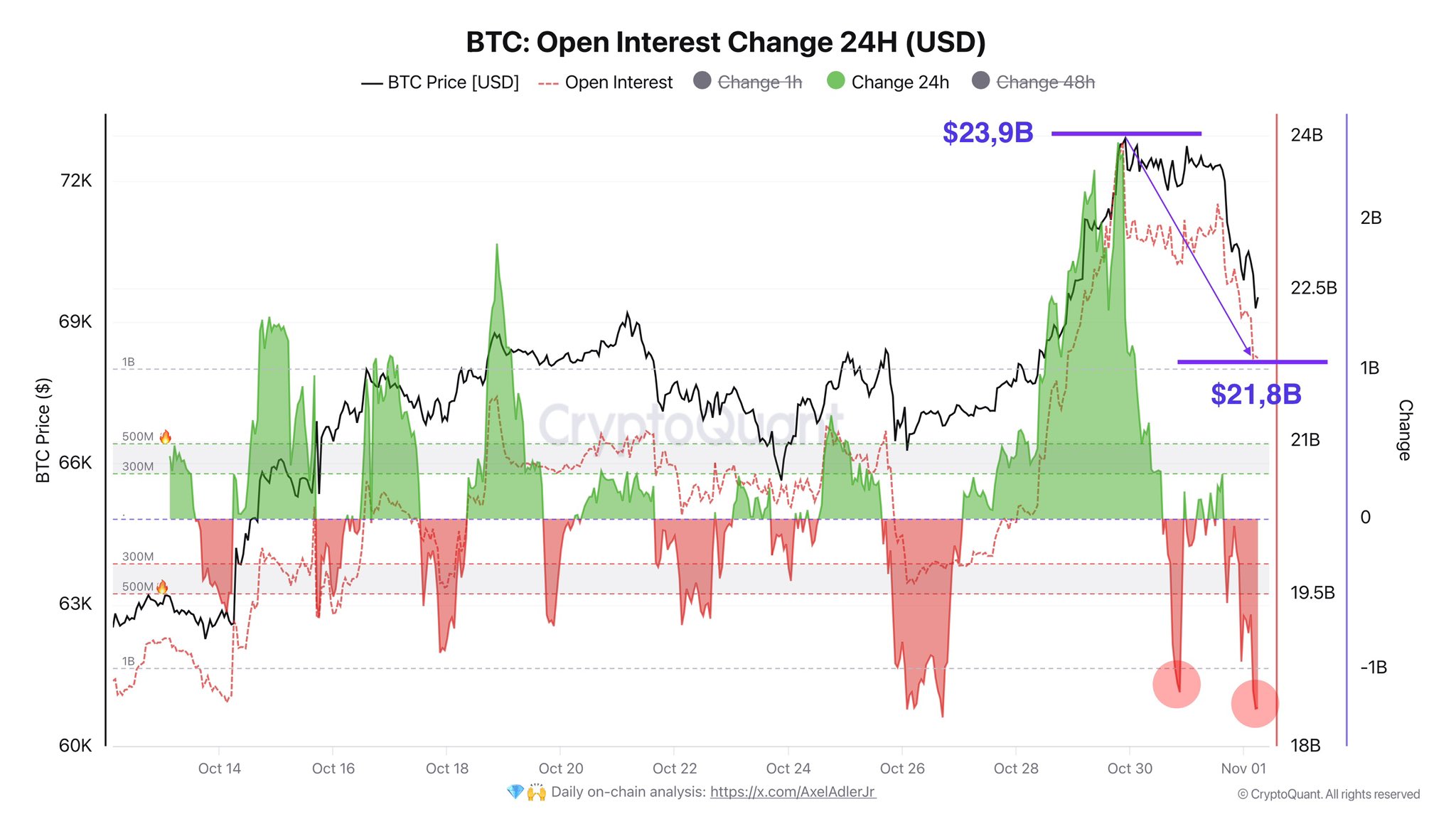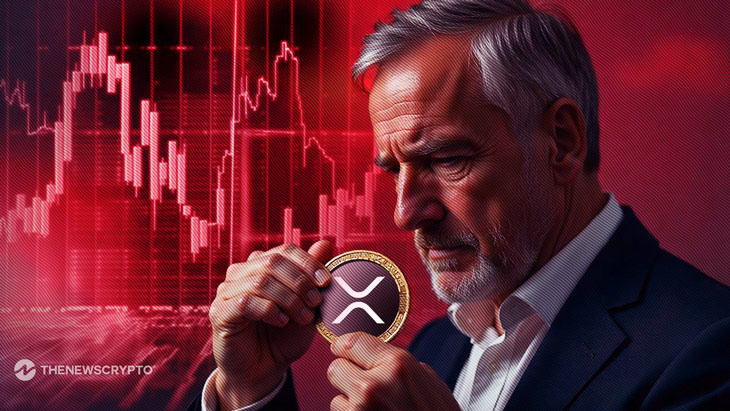
Do you know how crucial is October for Bitcoin? Let’s rewind 16 years. On the 31st of this month, a pseudonymous developer named Satoshi Nakamoto released the teaser of the revolution — the Bitcoin whitepaper. Was he aware of how this technology would take form to challenge traditional finance?
Who knows. But he/she/group is indeed a great rebel. Bitcoin (BTC) turned out to be the dominant digital currency, intriguing people globally with its mission of “banking the unbanked.” Several events and instances associated with he asset and its tech are worth noting.
In this article, you will find the “firsts of Bitcoin” which transformed the route for the crypto industry’s journey. Waste no minute and delve in!
First On-chain Transaction
DATE: January 12, 2009
SUMMARY: The first-ever Bitcoin transaction occurred between creator Satoshi Nakamoto and Hal Finney.
This First moment of Bitcoin can not be missed from the list. A transaction of 10 BTC from one wallet to another on blockchain became the world’s first proof of a peer-to-peer transaction digitally. It involved the pseudonymous creator Satoshi Nakamoto and cryptographer Hal Finney. With this transaction, Finney was noted on the records as the second person to download and run Bitcoin’s software. They unleashed a groundbreaking revolution in the financial realm.
First Commercial Bitcoin Transaction
DATE: May 22, 2010
SUMMARY: 2 Pizzas were purchased with a payment of 10,000 BTC!
Sixteen months after Bitcoin’s inception, the world observed the usage of a huge amount of BTC as a payment for food. On May 22, 2010, Floridian programmer Laszlo Hanyecz bought two large pizzas from Papa John’s for 10,000 BTC, worth nearly $40 at the time of the transaction. Today, those Bitcoins are valued at $669.3 million, and at the all-time high (ATH) day this year, they would have been worth $737.5 million.
Interestingly, there’s a fact we should note. Hanyecz publicized this transaction two after Satoshi’s message: “I don’t mean to sound like a socialist, I don’t care if wealth is concentrated, but for now, we get more growth by giving that money to 100% of the people than giving it to 20%.
Now and into the future, this day is celebrated as “Bitcoin Pizza Day,” remembering the first commercial Bitcoin transaction in the world.
First Bitcoin ATM
DATE: October 29, 2013
SUMMARY: The world’s first Bitcoin ATM was installed in a coffee shop in Canada.
US ATM maker Robocoin successfully installed the world’s first Bitcoin ATM in a coffee shop — The Waves Coffee House — in Vancouver, Canada. This machine allowed users to swap Canadian dollars (CAD) for Bitcoins and withdraw cash equivalents of BTC. Users had to scan their wallet QR code, use their private key as PIN, and initiate the transaction. Canadian exchange VirtEx carried out the swapping of CAD for BTC.
Sources reported that this ATM recorded 348 transactions, worth $100,000, in its first week of operations. Reportedly, this ATM was removed when the maker Robocoin ceased its operations in January 2016.
According to data from Coin ATM radar, over 38,160 installed Bitcoin ATMs are currently located across 67 countries worldwide.
First Bitcoin Exploit
DATE: August 15, 2010
SUMMARY: Over 184.4 billion BTC were created through the “overflow bug” in the Bitcoin blockchain
This exploit was one of the most shocking but slightly heroic events in crypto history. An anonymous hacker exploited a bug in “block 74638” the Bitcoin blockchain and created 184.4 billion BTC! (184,467,440,737 BTC to be exact!) on 15 August 2010.
Do we remember the figures for Bitcoin’s total supply correctly? Of course, we would! It is 21 million! This exploit was popularly known as the “overflow bug.” A Bitcoin developer and now CEO of Bloq, Jeff Garzik, was the first to spot and flag this hack. However, this chaotic event did not turn out to be a disaster. Bitcoin creator Satoshi Nakamoto jumped in for the rescue. Five hours after the exploit, Satoshi was able to reset the blockchain to how it was before by initiating a soft fork. Fortunately, this incident did not disturb BTC’s market dynamics at that time.
First Bitcoin Exchange Hack
DATE: June 13, 2011
SUMMARY: Over 25,000 BTC were stolen from Mt.Gox, the once-largest-but-now-defunct Bitcoin exchange.
The initial years saw multiple hacks, but this one wrecked the space by ending Bitcoin’s 2011 bull run. Mt. Gox (formerly Magic:The Gathering Online Exchange) suffered its first hack on June 13 of that year. Hackers stole over 25,000 BTC, worth $400K at the time of the hack and $1.682 billion currently, from 478 user accounts.
Scammers frequently targeted the defunct exchange, exploiting vulnerabilities in its back-end software to loot several Bitcoins. The exchange did not clearly reveal the details of the hack to the public.
First Legal Adoption
DATE: September 7, 2021
SUMMARY: El Salvador became the first country to adopt Bitcoin as the legal tender.
El Salvador, facing extreme poverty and food insecurity since 2019, drew attention by making Bitcoin legal tender in September 2021. After the confirmation, it created and launched Chivo, a crypto wallet for its natives to hold BTC.
President Nayib Bukele, an extreme Bitcoin maximalist, initiated a strategy of “buying 1 BTC per day” in November 2022 following the dip caused by the FTX collapse. But later in 2022, the pro-Bitcoin nation’s debt ceiling hit its 30-year-high of $25 billion.
The country kept its Bitcoin accumulation in the shadows. In March 2024, the nation disclosed its holdings held in its “Bitcoin piggy bank.” As of October 24, 2024, the nation’s wallet holds around 5,912.76 BTC.
This year, the International Monetary Fund (IMF) strongly recommended El Salvador to revoke Bitcoin’s status as a legal tender.
First Macro Recognition
DATE: August 19, 2013
SUMMARY: Germany became the first country to declare Bitcoin “private money” and acknowledge the cryptocurrency as a “unit of account.”
Crypto regulations have been and still are an uncertain phenomenon in the macroeconomy. However, in 2013, Germany signaled a legally certain and friendly stance towards cryptocurrencies. The nation’s Ministry of Finance (Bundesministerium der Finanzen) recognized Bitcoin (BTC) as a “unit of account” (Rechnungseinheit) in its Banking Act. Also, the authority called BTC “private money”, not e-money or functional currency.
Moreover, Germany also has exempted tax on cryptocurrencies in various aspects. If an individual holds crypto holdings for more than a year, his investments are exempted from the existing 25% capital gains tax. Furthermore, generating income from crypto (not exceeding 256 euros a year), gifting crypto (max. 20K euros), and making donations are also tax-exempt.
First Bitcoin Ban
PERIOD: December 2013
SUMMARY: China (mainland) was the first country to ban banks from handling crypto transactions and entities from dealing with Bitcoin exchanges.
On December 5, 2013, the People’s Bank of China (PBoC) and other regulators of China issued a notice, announcing the ban on handling Bitcoin and crypto transactions via banks.
Markedly, the segment in the notice read:
“Bitcoin is a special virtual commodity that does not have the same legal status as currency and cannot and should not be circulated and used as currency in the market.”
Significantly, this ban did not restrict citizens from trading cryptocurrencies. But on December 16 of the same year, Chinese authorities directed entities to refrain from doing business with Bitcoin exchanges. Consequently, some exchanges had to halt yuan deposits.
After 4 years, on 4 September 2017, the country announced its ban on ICOs (initial coin offerings), labeling them as illegal fundraising mechanisms. The next ban was directed towards crypto mining and trading in May 2021. Finally, in September 2021, Mainland China banned crypto trading completely. The ban has not been lifted since.







